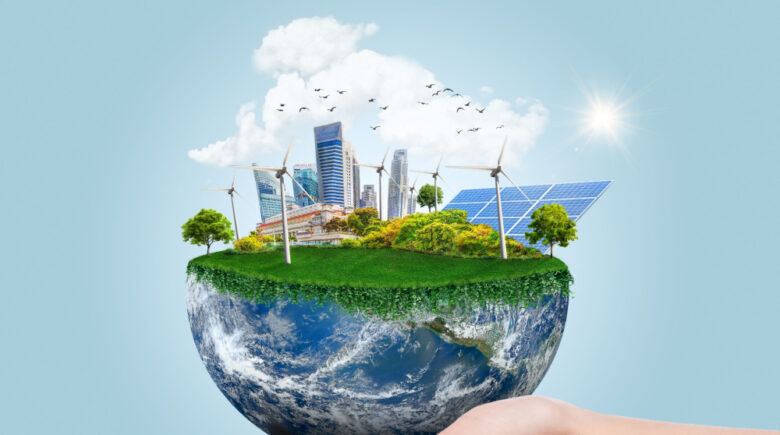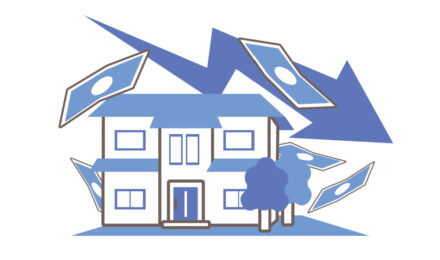The world is experiencing a profound energy transformation. It’s time to phase out fossil fuels and embrace truly regenerative sources—solar, wind, hydro, geothermal, and biomass—at the heart of this revolution. While coal, oil, and natural gas have powered our societies for decades, their environmental costs—greenhouse-gas emissions, air pollution, and climate disruption—are now undeniable. In response, scientists, governments, and businesses are racing to develop cleaner alternatives. But forging a new energy path demands more than technology—it requires collective determination and a steadfast commitment to our planet and each other.
Why Renewable Energy Matters Now More Than Ever
Climate indicators are worsening: global temperatures climb, polar ice dwindles, and extreme weather events strike with alarming frequency. At the same time, growing populations and expanding economies are driving up energy demand. Continuing to burn fossil fuels accelerates climate change and endangers ecosystems and human health. By contrast, renewables can curb global warming, create steady, well-paid jobs, and guarantee reliable energy access—even in remote areas. Our motivation is twofold—moral and economic—and the stakes have never been higher.
Exploring the Main Types of Renewable Energy
Renewable energy comes from naturally replenishing, virtually inexhaustible sources:
- Solar Power
Captured via photovoltaic panels or solar thermal systems, sunlight is increasingly affordable and efficient. From rooftop installations at homes and businesses to utility-scale solar farms, solar energy can decentralize power production, reduce transmission losses, and enhance energy security. - Wind Power
Modern turbines—onshore and offshore—harness wind with ever-larger blades and smarter controls. Wind farms can coexist with agriculture and occupy minimal land, all while emitting zero greenhouse gases. Countries like Denmark, Germany, and the United States already generate a significant share of their electricity from wind. - Hydropower
The oldest large-scale renewable, hydropower uses dams and turbines to convert flowing or falling water into electricity. While major dams can disrupt ecosystems and displace communities, innovations in small-scale and run-of-river projects offer more environmentally sensitive alternatives. - Geothermal Energy
Tapping the Earth’s internal heat, geothermal plants provide constant, low-emission power—especially where volcanic activity is plentiful, such as in Iceland and parts of the western United States. Broader adoption awaits further advances in drilling and infrastructure. - Biomass
Organic materials—from agricultural residues to sustainably managed forests—can be converted into heat, electricity, or biofuels. To avoid deforestation and air pollution, biomass must be sourced and burned responsibly, forming part of a truly circular energy economy.
Economic Advantages of Going Green
Renewable energy isn’t just better for the planet—it’s increasingly cost-competitive. Advances in technology have driven down prices for solar and wind below those of coal and gas in many regions. Investing in renewables stimulates economic growth, supports local industries, and creates millions of stable, well-paying jobs in manufacturing, installation, maintenance, and research. Compared to the boom-and-bust cycles of fossil fuels, green-energy careers offer lasting prosperity for communities worldwide.
Looking Ahead: A Renewable Future
The global shift to clean energy has become both inevitable and urgent. Thanks to falling costs, rapid innovation, and growing public awareness, renewable sources are poised to meet the world’s energy needs without devastating the environment. Cleaner air, a stabilized climate, healthier communities, and robust economies lie within our grasp. But the window to act is closing—every investment in renewables accelerates our journey toward a fairer, more sustainable planet.
Embracing Change: Beyond Technology
Transitioning to renewable energy involves more than installing turbines and panels. It calls for fresh thinking about how we produce, consume, and trade power. Yes, challenges remain—policy hurdles, infrastructure upgrades, and financing models—but the potential rewards are enormous. By championing innovation, choosing sustainable options, and advocating for ambitious energy policies, we can reshape the systems that power our lives. The shift is already underway. The future is green—and the power to change it belongs to each of us.
The world is experiencing a profound energy transformation. It’s time to phase out fossil fuels and embrace truly regenerative sources—solar, wind, hydro, geothermal, and biomass—at the heart of this revolution. While coal, oil, and natural gas have powered our societies for decades, their environmental costs—greenhouse-gas emissions, air pollution, and climate disruption—are now undeniable. In response, scientists, governments, and businesses are racing to develop cleaner alternatives. But forging a new energy path demands more than technology—it requires collective determination and a steadfast commitment to our planet and each other.
Why Renewable Energy Matters Now More Than Ever
Climate indicators are worsening: global temperatures climb, polar ice dwindles, and extreme weather events strike with alarming frequency. At the same time, growing populations and expanding economies are driving up energy demand. Continuing to burn fossil fuels accelerates climate change and endangers ecosystems and human health. By contrast, renewables can curb global warming, create steady, well-paid jobs, and guarantee reliable energy access—even in remote areas. Our motivation is twofold—moral and economic—and the stakes have never been higher.
Exploring the Main Types of Renewable Energy
Renewable energy comes from naturally replenishing, virtually inexhaustible sources:
- Solar Power
Captured via photovoltaic panels or solar thermal systems, sunlight is increasingly affordable and efficient. From rooftop installations at homes and businesses to utility-scale solar farms, solar energy can decentralize power production, reduce transmission losses, and enhance energy security. - Wind Power
Modern turbines—onshore and offshore—harness wind with ever-larger blades and smarter controls. Wind farms can coexist with agriculture and occupy minimal land, all while emitting zero greenhouse gases. Countries like Denmark, Germany, and the United States already generate a significant share of their electricity from wind. - Hydropower
The oldest large-scale renewable, hydropower uses dams and turbines to convert flowing or falling water into electricity. While major dams can disrupt ecosystems and displace communities, innovations in small-scale and run-of-river projects offer more environmentally sensitive alternatives. - Geothermal Energy
Tapping the Earth’s internal heat, geothermal plants provide constant, low-emission power—especially where volcanic activity is plentiful, such as in Iceland and parts of the western United States. Broader adoption awaits further advances in drilling and infrastructure. - Biomass
Organic materials—from agricultural residues to sustainably managed forests—can be converted into heat, electricity, or biofuels. To avoid deforestation and air pollution, biomass must be sourced and burned responsibly, forming part of a truly circular energy economy.
Economic Advantages of Going Green
Renewable energy isn’t just better for the planet—it’s increasingly cost-competitive. Advances in technology have driven down prices for solar and wind below those of coal and gas in many regions. Investing in renewables stimulates economic growth, supports local industries, and creates millions of stable, well-paying jobs in manufacturing, installation, maintenance, and research. Compared to the boom-and-bust cycles of fossil fuels, green-energy careers offer lasting prosperity for communities worldwide.
Looking Ahead: A Renewable Future
The global shift to clean energy has become both inevitable and urgent. Thanks to falling costs, rapid innovation, and growing public awareness, renewable sources are poised to meet the world’s energy needs without devastating the environment. Cleaner air, a stabilized climate, healthier communities, and robust economies lie within our grasp. But the window to act is closing—every investment in renewables accelerates our journey toward a fairer, more sustainable planet.
Embracing Change: Beyond Technology
Transitioning to renewable energy involves more than installing turbines and panels. It calls for fresh thinking about how we produce, consume, and trade power. Yes, challenges remain—policy hurdles, infrastructure upgrades, and financing models—but the potential rewards are enormous. By championing innovation, choosing sustainable options, and advocating for ambitious energy policies, we can reshape the systems that power our lives. The shift is already underway. The future is green—and the power to change it belongs to each of us.




